After owning the Sony Alpha 7R II for about a month and using it constantly, these are my my thoughts on whether it can replace my Canon EOS 5D Mark III and Olympus OM-D E-M1 and become my only camera. In order to accomplish that, it’ll have to have all the benefits of both, while also addressing their shortcomings as well, for it to be worth it for me to keep it and sell off all my other gear.
(I’m not interested in using my Canon lenses on the a7RII with a third-party adapter because the camera’s features become crippled, such as the more advanced AF modes like Eye-AF. Also, video AF will only work while you hold down the AF button, so there’s no actual C-AF during video.)
Over the years, I’ve pretty much focused on shooting candid and casual portraits of my wife, Elena, as that’s what I enjoy the most, so I assess my photography gear according to those needs. All the photos shown in this review are just typical casual portraits and candids of her that I take in everyday life.
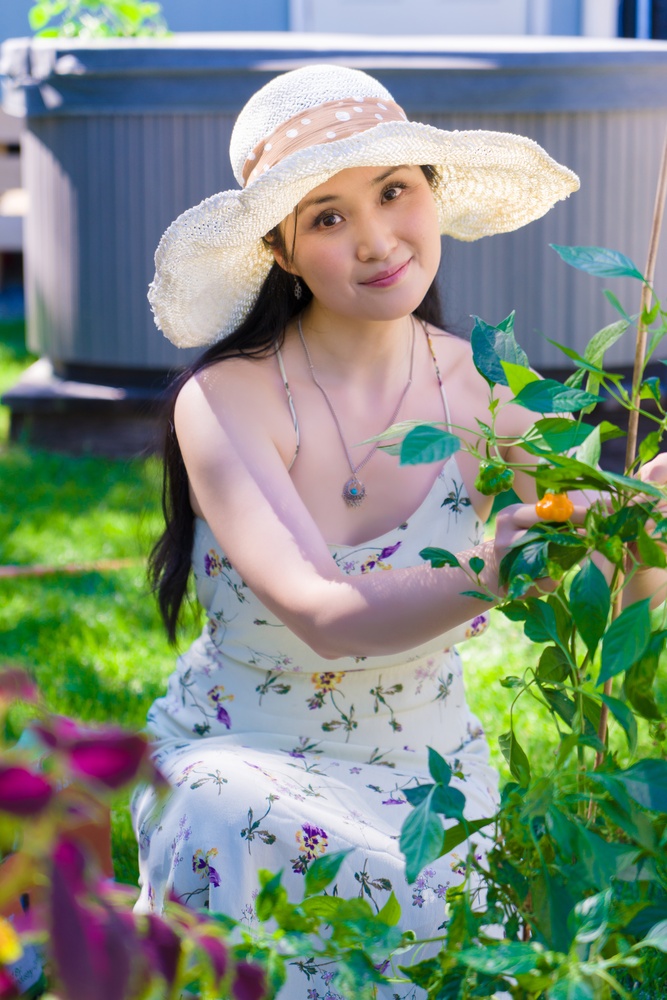

First, the pros of the camera:
-AF in really low-light trounces 5DMKIII. If in the OVF all you see is a patch of darkness and you can’t even make out any details, the 5DMKIII will not focus at all, unless you have attached a flash and uses the AF assist lamp. However, I rarely, if ever, use flash anymore, and that extra weight/size of an attached flash unit is just not appealing at all. The a7RII’s EVF not only can see those dark areas, it sees them as if they’re lit, and the AF assist lamp is right on the camera body, so you don’t have to attach a flash. But to be fair, if the AF assist illuminator is turned off, the a7RII has a hard time focusing in really dark areas too.
-EVF is excellent. Bigger, brighter, and more detailed than the E-M1. It can also see things that are too dark for OVF to see, acting almost like night-vision. Another advantage of shooting with EVF/Live view LCD is that you see exactly how your settings will affect the image, while OVF cannot show you that, and you’ll have to take the shot and then review it.
-Very high resolution (benefits cropping, more forgiving to slight blur/missed focus if not printing big, or only displaying on the web). It is almost twice the resolution of the 5DMKIII, and 2.6x the resolution of the E-M1.
-Super 35 mode turns 55mm f/1.8 into 82.5mm f/2.6 (in terms of DOF). You still get 18 megapixels, which is more than the E-M1. If you’re okay with that and f/2.6 is enough shallow DOF, then it’s like getting a new lens (sort of), and you don’t have to spend another $1k+ on a fast 85mm, or carry another lens, or deal with changing lenses.
-Superior dynamic range/Cleaner shadows & high ISO. When lifting shadow areas, the a7RII’s images are far cleaner, without the dreaded banding and ugly noise that I often have to deal with when processing 5DMKIII photos. As for the smaller M43 sensor of the E-M1, it’s not even fair to compare.
I shot a direct comparison of the same subject (my wife back-lit by the lamp) in same lighting (single lamp in bed room) and framing, with same camera settings (ISO 6400, 1/60, f/2.8 and another set at f/4), and then compared the RAW files in Lightroom. It’s pretty much as you would imagine; the E-M1 has the most noise, the 12-40 f/2.8 lens has a lot more flare, and the overall contrast and fidelity is the worst of the three. 5DMKIII is a lot better (it’s also a full-frame sensor after all), but all 5DMKIII owners know the dreaded purple blotchy/banding in low contrast shadows when you try to lift them. The noise is also a bit more than the a7RII. The a7RII’s file is more detailed, lower in noise, and doesn’t fall apart as quickly when pushed. Here’s a shot taken at ISO 32,000:
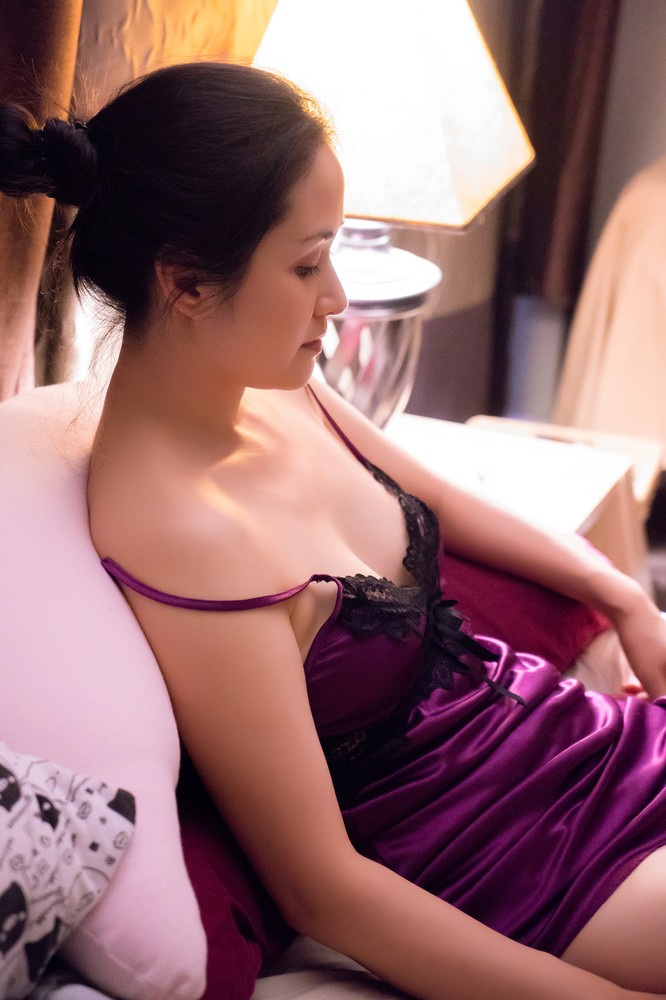
-I actually like the Adobe Standard color profile used on the a7RII files–I think it looks much better than any of the Sony’s color profiles in Lightroom (I don’t shoot JPEG so I have no idea how they look from the camera). In fact, I like it more than the Canon 5DMKIII’s colors (I always use Faithful), and I’m a huge fan of Canon colors. In comparison, E-M1’s colors often have a yellow and grayish cast that’s extremely hard to get rid off. The a7RII’s when using Adobe Standard profile, looks a bit like Canon’s pleasing warm colors with that reddish cast, but less reddish and more accurate, yet still pleasing.
With that said, I highly recommend you download Maurizio Piraccini’s free color profiles for Adobe Camera RAW/Lightroom: http://www.piraccini.net/2011/02/profili-colore-sony-a900-per-adobe-lr.html
There will be situations where Piraccini’s color profiles will be more accurate or pleasing than the profiles available in Adobe’s products (I like the Standard profile the most).
If you want a commercial alternative, there’s also the Huelight color profiles: http://www.colorfidelity.com/Â (In this case, just because you have to pay for it doesn’t mean it’s “better.” Think of it more like additional options to choose from when processing your RAW files.)
-1080p video in good light is better than 5DMKIII or E-M1 in terms of clarity/detail. (But in low-light, must limit ISO to no more than 3200 or dark areas will get very noisy.).
And of course, the 4K video is amazing, and the other two cameras cannot do 4K at all. Even when auto ISO is set to maximum, in dark rooms the shadow areas still look remarkably clean.
-Good button customization and screen info customization. The other two cameras have similar features (5DMKIII has the Q button, and E-M1 has similar customization as a7RII).
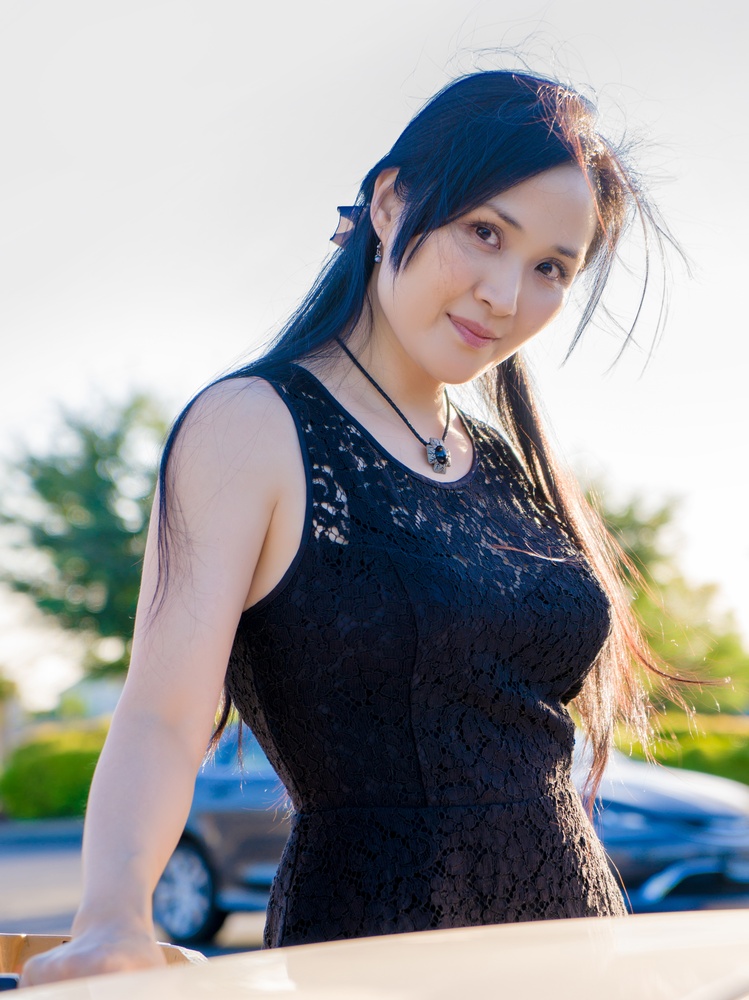
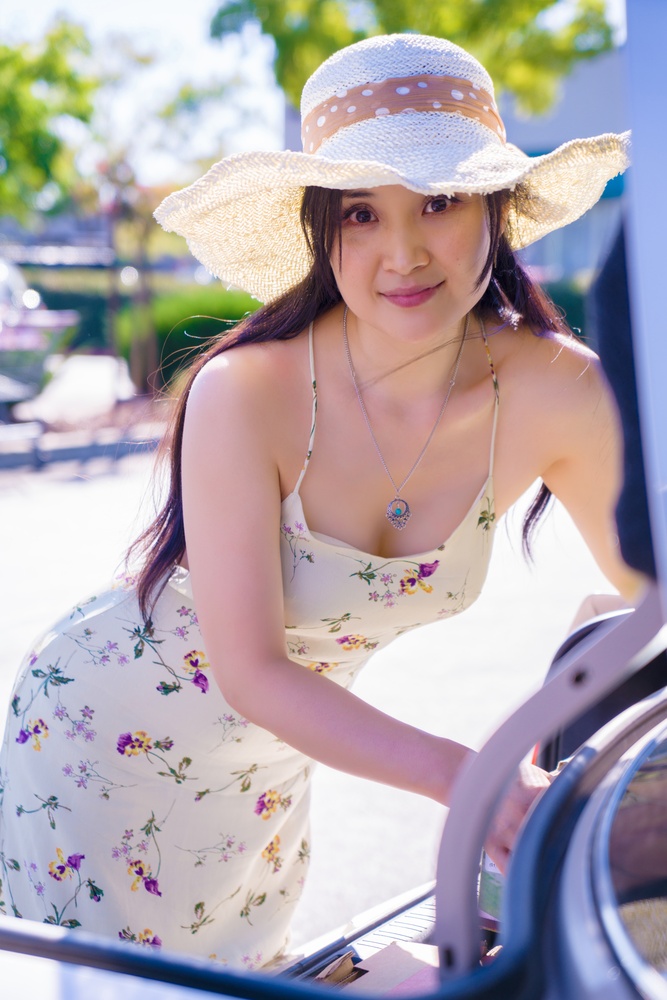
Now the cons:
-IBIS is significantly less effective than E-M1’s. When I run & gun videos with the E-M1, it looks remarkably decent, and I don’t mind the in-camera software correction causing some distortion, since I’m just shooting home/vacation videos. When I try to run & gun with the a7RII, the result is quite unpleasant–very jumpy. It’s still better than the even worse stabilization of the GH4 though (I returned that camera mainly because of it, and also because AF tracking in 4K was unacceptable).
My first solution was to use video post, and the best one I’ve found after much research is Adobe’s Warp Stabilizer VFX used in Premiere Pro and After Effects. But it takes time to analyze the clips and render the export video. A clip that’s about 1:30 would take about 20 minutes total to downscale 4K to HD, analyze the clip, apply the stabilization, and render out the export. If you have clips that a a few to several minutes long or even longer, you’re looking at a very long time, and it’s not all automated–you have to babysit every step. And while the software is analyzing or exporting, it’ll eat up your CPU and RAM, which means you can’t really do other things that are also resource intensive (I use that time to answer emails, browse the web, work on my novels, etc). If I have Lightroom also open at the same time, my RAM will get eaten up pretty quickly if I also worked on RAW editing, but I have Cacheman installed and it does help reclaim RAM when I run out. (I have 16 GB of RAM, BTW).
My second solution, is to use hardware stabilizer. I resisted this idea for a long time because I hate having to deal with extra bulk and gear that makes things more complicated. But after seeing the incredible results from 3-axis gimbal stablizers like Pilotfly H1+ and CAME-Single (and a few others), it was impossible not to feel like maybe I can live with the compromises to achieve the amazing results. I mean, it’s INSANE how good they are–you can run full-speed like a maniac with them and still get astoundingly smooth results that looks like you are gliding. How crazy is that? Take a look at this example of a Pilotfly H1+ handling full-speed running with a GH4 and have your mind blown:
I did end up getting the Pilotfly H1+, and although setting it up and getting it to work with heavier lenses was an extremely frustrating experience, I did manage to get it all sorted out with the help of the Pilotfly CEO (they do great customer support using TeamView, so they can remote control your computer and help you do software setups). Once I had everything setup properly, I was able to get amazing results just like all the Youtube videos out there of the Pilotfly. There’s a Facebook group for Pilotfly, and they share lots of tips and answer questions, and employees of Pilotfly also helps customers there, so if you do get one, definitely join the group if you need help: https://www.facebook.com/groups/1115581045135398/
-Can’t map Super 35 mode to buttons or memory slots. This is a glaring “what the hell were they thinking” issue for me. If Sony’s making a big deal out of its Super 35 mode, when why not allow us to map it to a button or the FN menu so we can access it quickly? It’ll be so useful when switching from shooting stills to video. (I’m hoping a firmware update will change this.)
-C-AF in 4k video “breathes” too much. The AF will constantly focus in and out instead of just locking onto one focal plane and staying there. This is even if it’s just a scene of still life with nothing moving at all.
Remedy is to use put AF drive speed to “slow,” and AF Track Sensitivity to “high,” while using AF area that’s not too big or small so that you can keep it trained on the subject. I don’t think I would have figured that out if someone didn’t tell me about it in a forum.
-1080p is much noisier than 4K, especially in Super 35 mode. I suspect it’s because when shooting in smaller formats, only a small part of the sensor is used, and since the sensor’s the same physical size as other full-frame sensors yet with very high resolution, a really small part of the physical sensor is used for 1080p. Also, Sony doesn’t seem to apply nearly as much noise-reduction in the video as Canon or Olympus does (Panasonic is like that too–the company seems to like the look of grain to keep the detail).
The remedy is to limit ISO to no higher than 3200 when shooting HD. I can also just shoot 4K and then downscale later to 1080p, but that’s yet another extra task to add to the workflow. I’m still undecided if that’s what I’ll end up doing. Between downscaling 4K to HD and applying stabilization processing, the amount of time I’ll have to spend on dealing with videos increases dramatically, where as in the past, it was basically zero. Although to be fair, I never bothered trying to stabilize the 5DMKIII videos, but then again, I don’t take it out of the house and run & gun with it like I do the E-M1, since it has no video C-AF.
-AF assist light is blocked at center of frame when 24-70 F4 has lens hood on and zoomed out. (Remedy is to move AF point towards the right of the frame, or take hood off when don’t need it.)
-Sony saves custom settings for the memory slots (M1, M2, M3, M4) on the SD card instead of in-camera, so that if you reformat the card you lose all your settings, and having to copy it onto the computer and back to the card every time you want to reformat is just not ideal. Slots 1 and 2 (without the M designation) are not affected though, since those are stored in-camera.
-Eye-AF would choose the further eye about 50% of the time if the face is only slightly turned instead of a more distinct 3/4 angle.
-Can’t link AF points to orientation (the 5DMKIII can do this). The E-M1 has a feature where you can toggle between two registered AF points, which is similar. The a7RII only has a feature where while selecting AF area, pressing the “delete” button will reset the AF point to the center. That’s really not the same thing nor is it nearly as useful.
-No touchscreen (extremely useful for AF point selection or firing shutter at the same time, AF-tracking moving subjects in stills and video, and easy focus pulling in video).
-Battery life sucks big time. I know some of you say that you can get X number of shots and can go a full day, but I have no idea how you do it. I have airplane mode turned on, and don’t keep the camera on when not shooting. If I’m shooting a lot (stills and video), I’d not even make it through half a day. If I’m only shooting stills, I can maybe make it through a day, but it’s still unlikely. So that second battery Sony provided is a necessity and not an act of generosity. Having a powerbank external battery charger is also highly recommended, so you can charge the in-camera battery when not shooting.
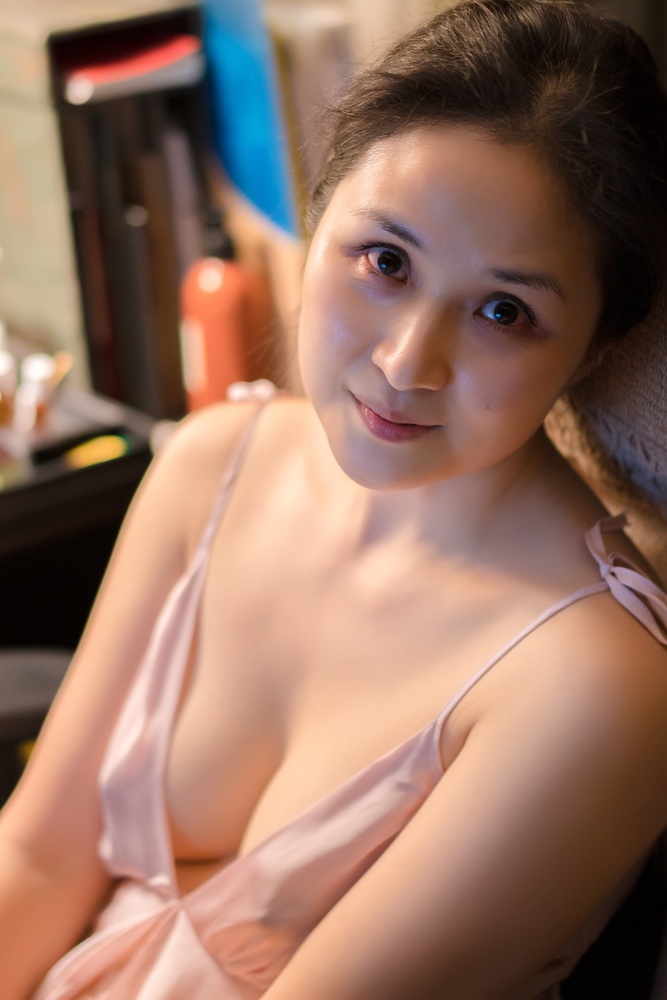
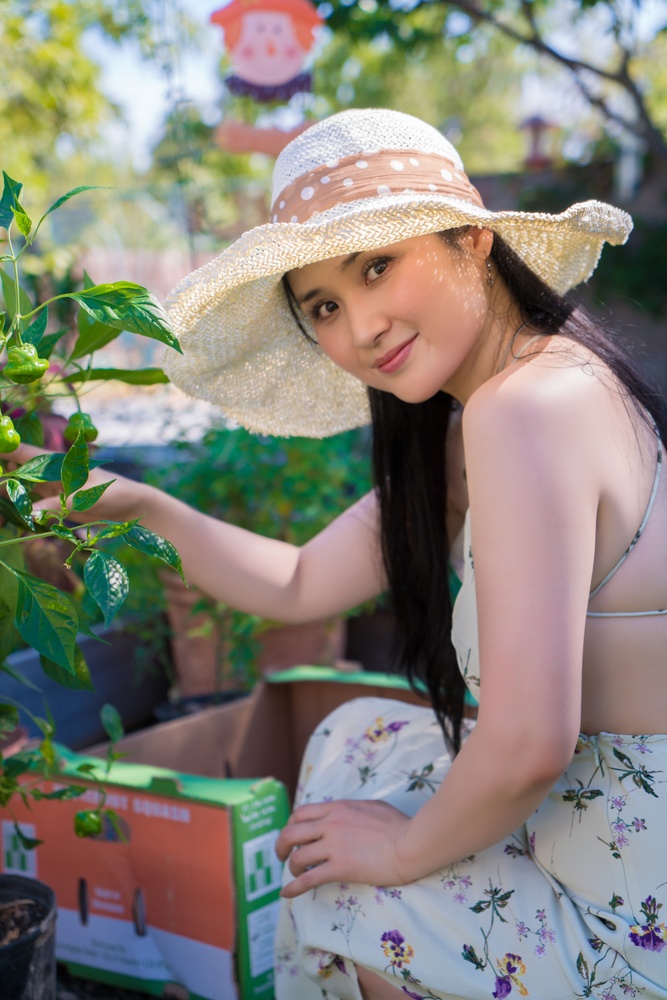
Now, let’s look at how the a7RII fared when looking at it in the context of being a 5DMKIII and E-M1 replacement.
When I first started contemplating whether to get the a7RII, I made a list of the reasons why I wanted to upgrade from the 5DMKIII and E-M1, as well as what features I loved that I want the a7RII to also have (ideally with similar performance).
Reasons to upgrade from 5DMK3:
-No video AF (a7RII has it)
-No articulated LCD (a7RII has tilt screen)
-No face/eye detection (a7RII has similar performance as E-M1)
-No touchscreen (a7RII doesn’t have it either)
Qualities to keep from 5DMK3:
-Full-frame sensor/low noise (a7RII is superior)
-Having constant f/2.8 standard zoom (a7RII only has F4 right now, and Primes will fill the hole for now.)
-AF accuracy/speed (a7RII is superior in very low-light. In bright light both are similar)
Reasons to upgrade from E-M1:
-Small sensor/high noise (a7RII is far superior)
-No 35mm equivalent f/2.8 DOF standard zoom lens, and reasonably priced primes at f/1.8 is equivalent to f/3.4 DOF (Sony FE f/4 is still better than M43’s f/2.8 at equivalent of f/5.6, while full-frame primes at f/1.8 gets much more DOF control)
-No video controls during recording (a7RII can do exp.comp. during video recording)
Qualities to keep from E-M1:
-Small size, light weight (a7RII a bit heavier but similar size)
-Articulated LCD (a7RII has same tilt screen)
-AF tracking during video (a7RII has similar performance, but is superior in telephoto subject AF tracking. E-M1’s telephoto AF during video is much worse)
-Face/eye detection (a7RII has similar performance)
-IBIS (E-M1 is far superior)
-Touchscreen (a7RII doesn’t have it)
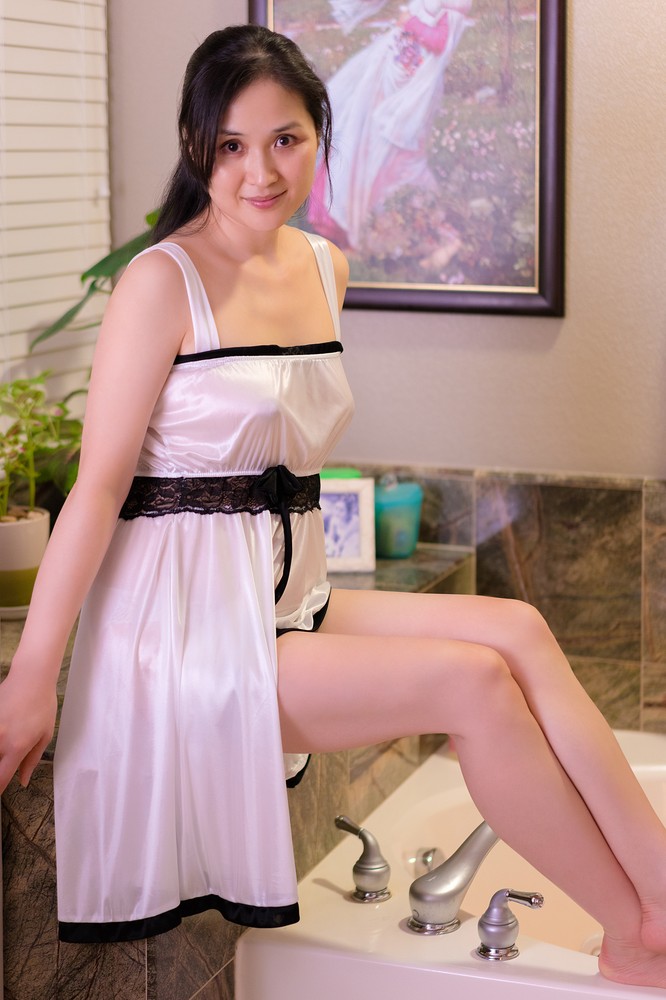
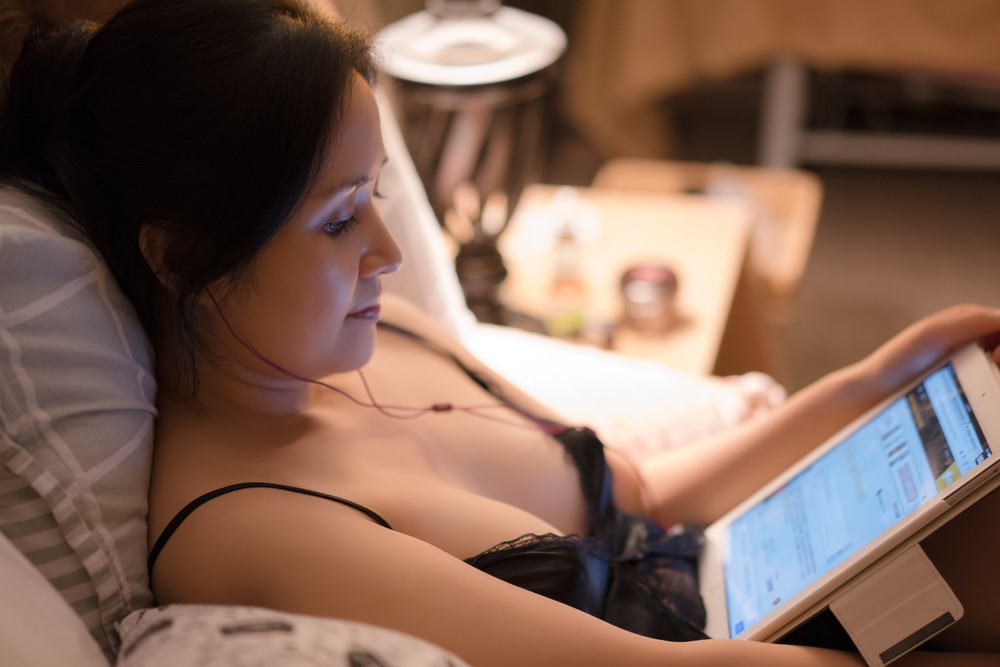
Final thoughts:
There is a lot to love about the a7RII. In fact, if I never shot a mirrorless before and jumped straight from the 5DMKIII to the a7RII, I’d be absolutely blown away by all the science-fiction level technology. But I was exposed to the mirrorless world through the E-M1, which is a real stunner of a camera. In fact, I love that damn camera so much that I’m very tempted to keep it, despite it’s smaller M43 sensor.
The lack of touchscreen was something I thought would be a big problem, but it turned out to be not nearly as bad as I thought it would be. It would still be a welcome addition though, especially for fast AF point selection/move, or pulling focus and tracking subjects in video.
I love the high resolution, the image quality, the feature set. The FE 55mm f/1.8 is a great lens too, and I love using it in Super 35 mode as a 82.5mm (the f/1.8’s DOF technically becomes f/2.6, even though you don’t see that in the camera setting).
The FE 24-70 F4 I grudgingly use simply because it is the only constant standard zoom available. The FE 16-35 F4 I use because it’s the only wide-angle zoom available. I understand the F4 is a compromise to achieve smaller/lighter lenses, but it’s still hard to get used to when I’m used to constant f/2.8 zooms like the Canon EF 24-70 f/2.8 L II (one of my favorite lenses of all-time) and the other constant f/2.8 zooms I’ve shot over the years.
The much maligned GUI didn’t bother me too much, although I totally agree with the common criticisms of it being lacking in logic in placement. And I really wish the Super 35 mode can be mapped to a button or the Fn menu.
I wish the IBIS for video was as good as the E-M1, but I guess it’s hard to stabilize a full-frame sensor, and Sony doesn’t want to use software stabilizer that would distort the image, especially that it sees the a7RII’s video as a more serious tool than Olympus sees its own video features (which has more of a consumer emphasis than professional).
The 5DMK3 and all my Canon mount lenses have now been sold. The a7RII has replaced that whole system. The E-M1 is staying for now, because although Pilotfly H1+ gives amazing results, it’s still not something I’d want to take with me while just going out casually, since it still looks like a “special cinematography gear” of some kind and would attract too much attention in public. I would only use it at home usually, and if I were to use it in public, it would have to be for serious shoots (such as a narrative film project of some kind or a situation where other people don’t mind seeing a video stabilization rig). The E-M1’s in-body image stabilization isn’t perfect, but it’s decent enough that I don’t feel like I absolutely need to do any post-processing with Warp Stabilizer in Premiere Pro or After Effects (although doing so will certainly improve the stabilization even more), and it’s a small enough camera that it won’t draw as much attention as the a7RII with the Pilotfly H1+. Also, I just really love the E-M1–it is one of my favorite cameras of all time. If I could combine the E-M1 with the full-frame sensor of the a7RII, then it would be the perfect camera.
To wrap up, here are a few more photos I’ve taken with the a7RII:
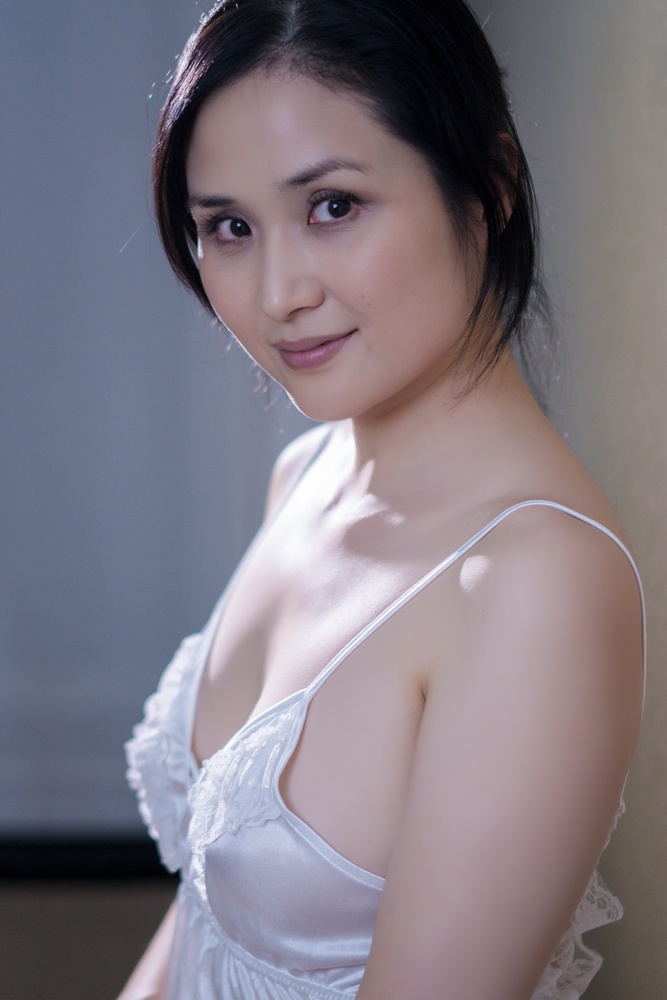
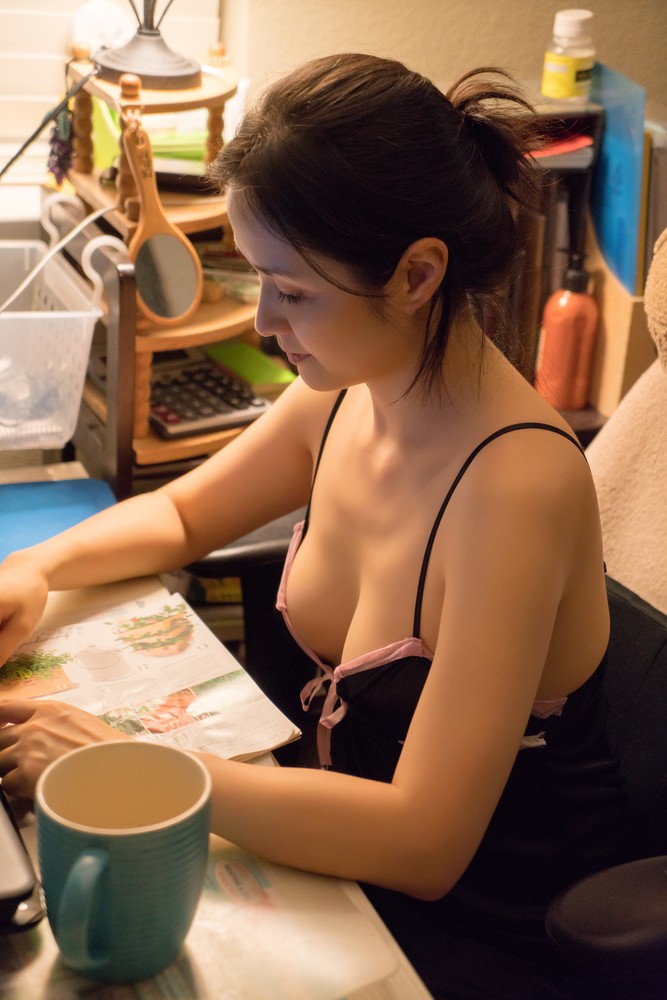
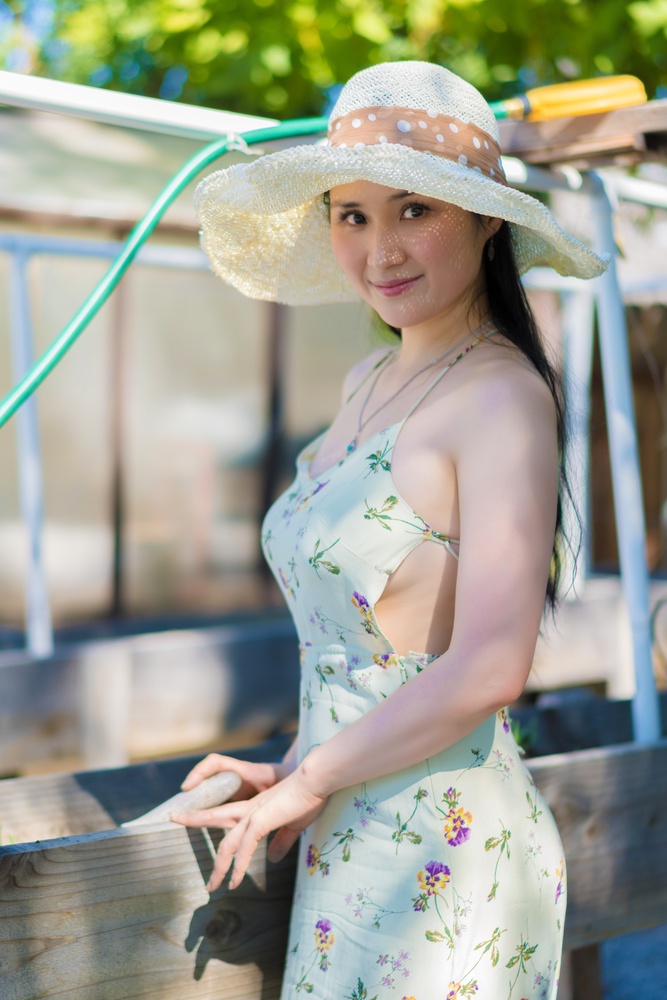
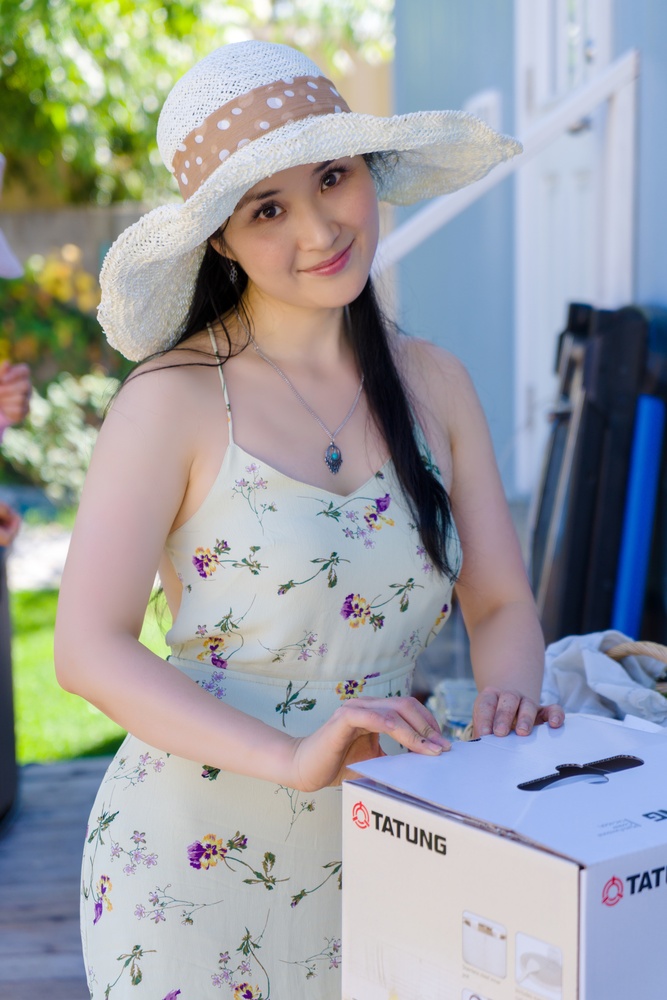
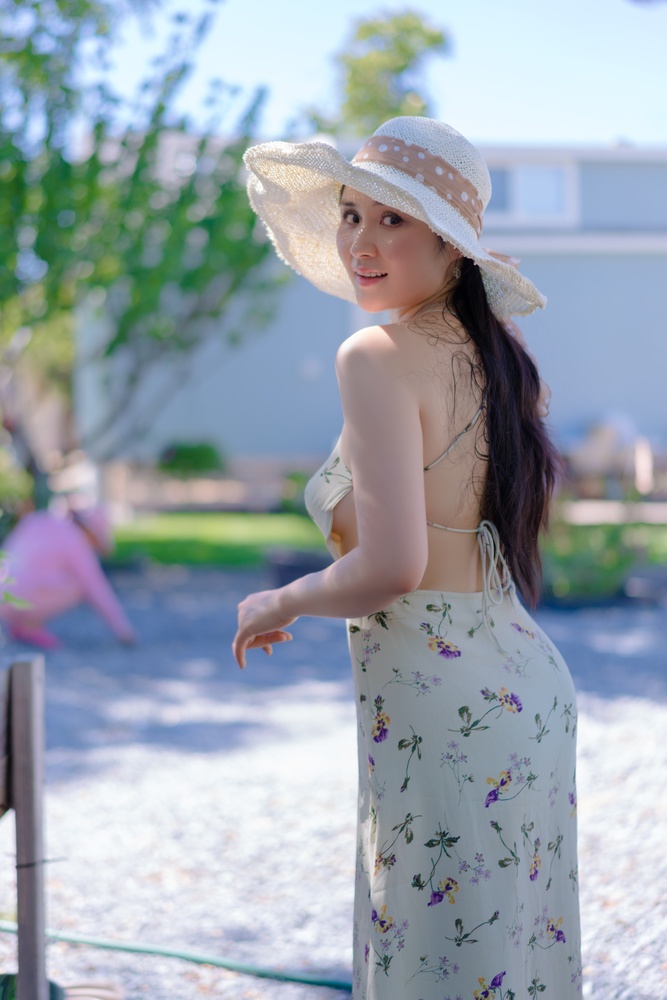
Dear friend. Thanks for the wonderful report .
The A7RII is a wonderful camera .
But this woman in the pictures is a dream ! Hope encounter on Earth sometime a similar woman . Excuse my directness .
Greets René
@René – Thank you for the kind words. I passed on your compliments to my wife (Elena), and she said she hopes you’ll one day find a woman who makes you happy, and that you’ll make her happy too, just like how we (Elena and I) are so happy together (we’ve been married since 2002).
oh that makes me very happy Rob . take care and enjoy of your wonderful life . Greetings also to your wonderful wife Elena. René